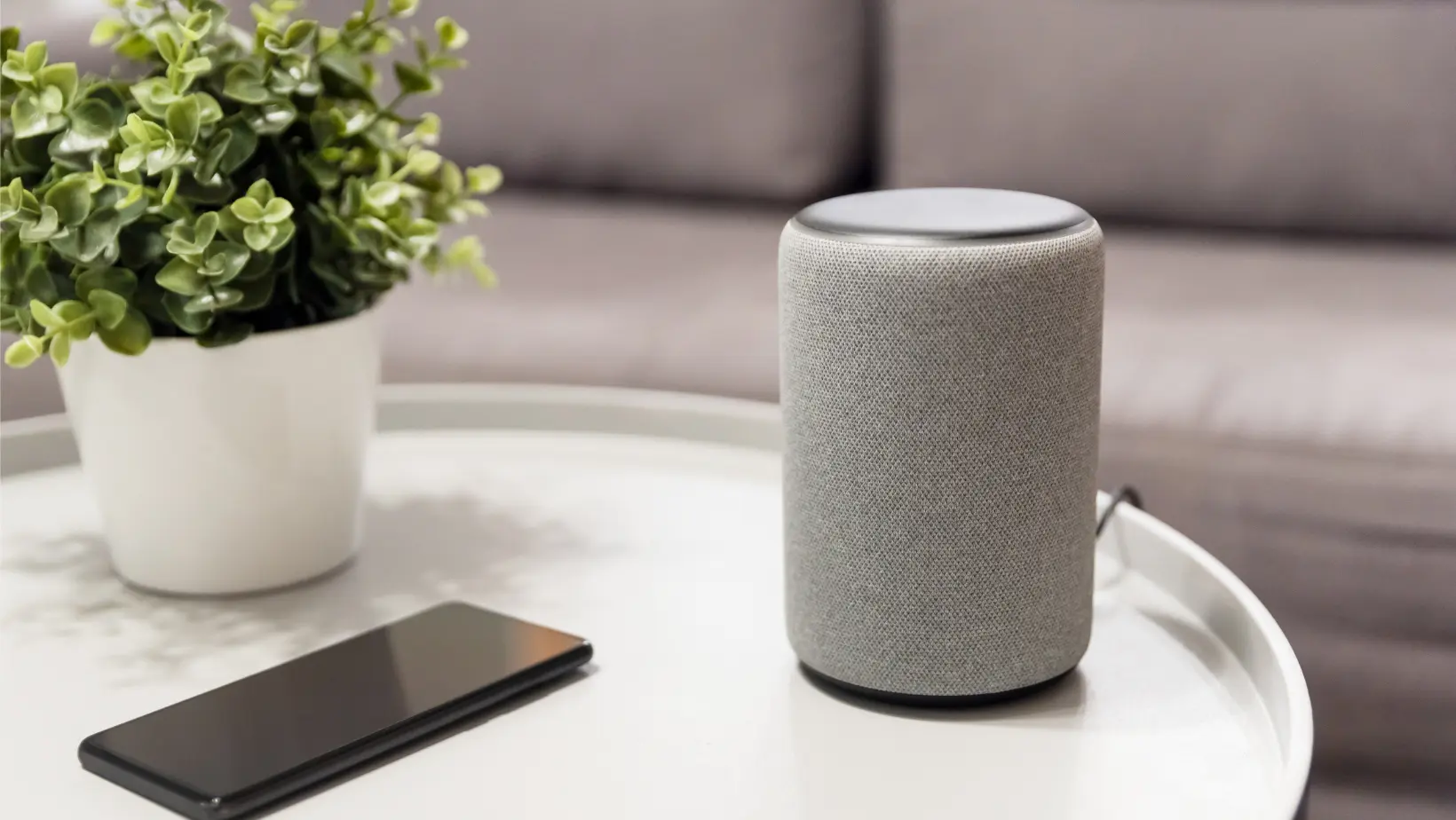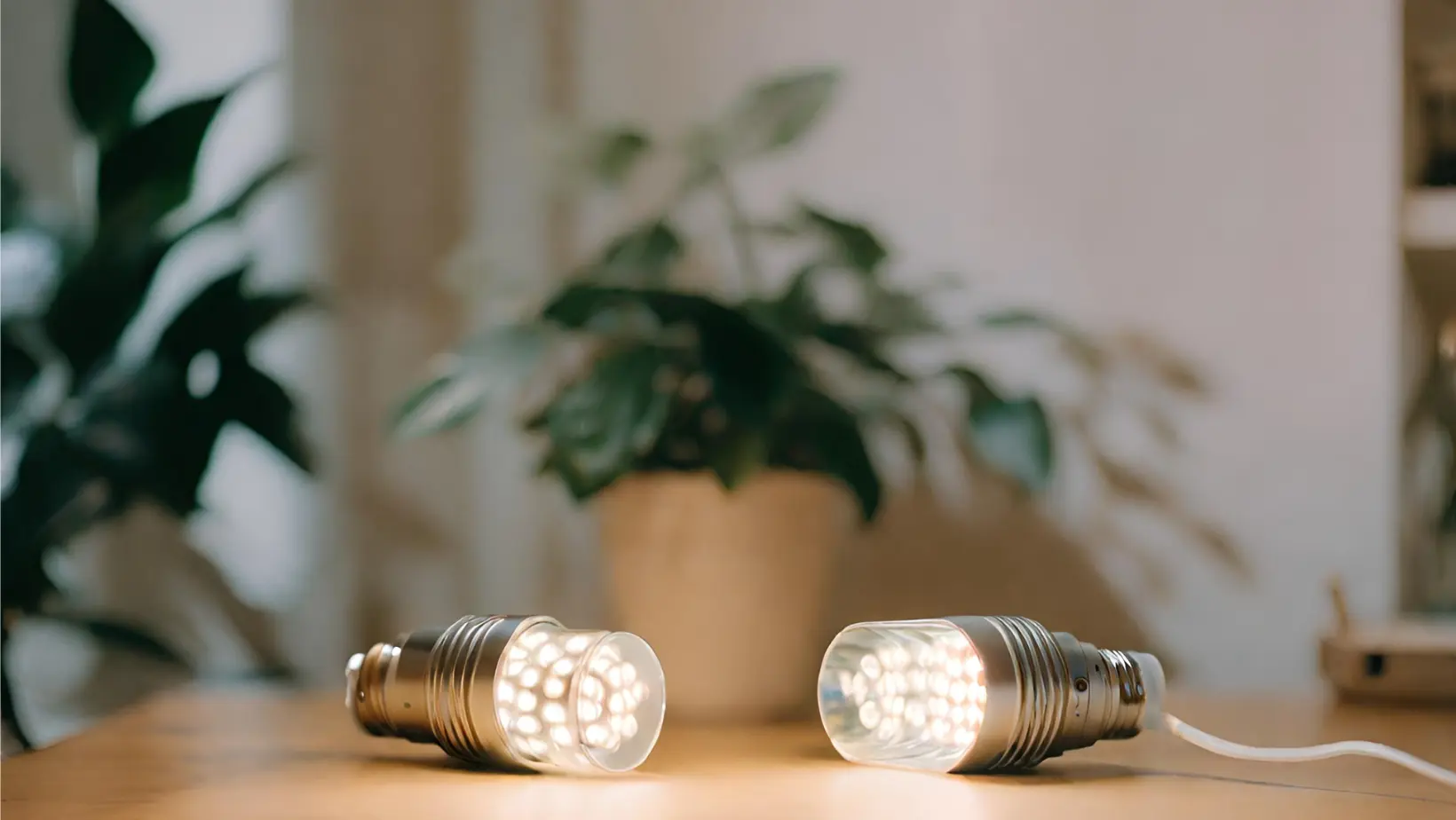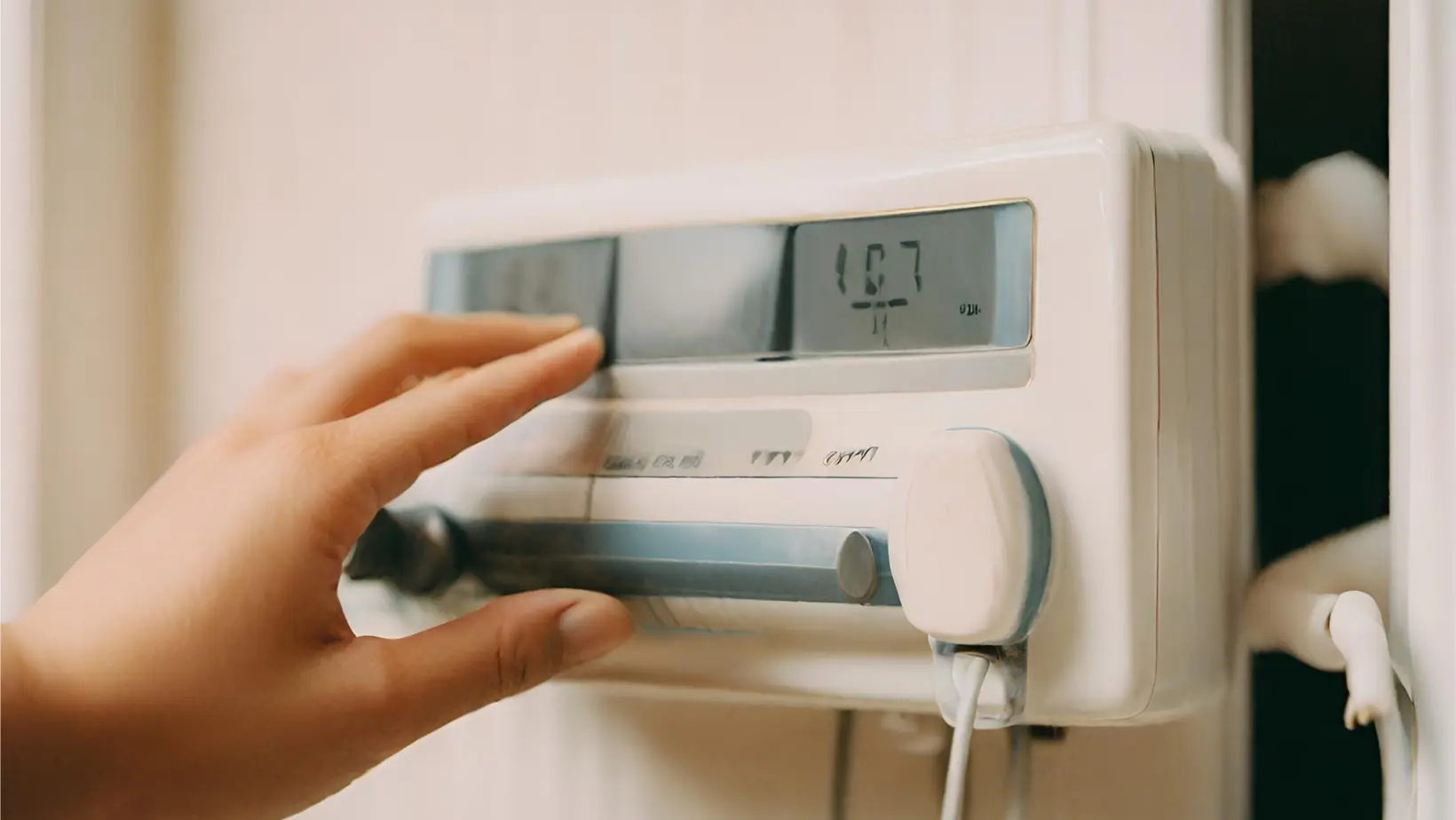In a world where technology is part of every aspect of our lives, understanding how to handle different outlet types is not just a convenience, it’s a vital skill for safety and efficiency. This comprehensive guide goes beyond the basics, discussing the meaning of various outlet types and offering in-depth safety tips.
We’ll look into everything from the familiar household outlets to the less common, yet equally important, types you might encounter. By the end of this guide, you’ll not only know how to handle different outlet types but also understand the reasoning behind each type’s design and use.
Types of Electrical Outlets
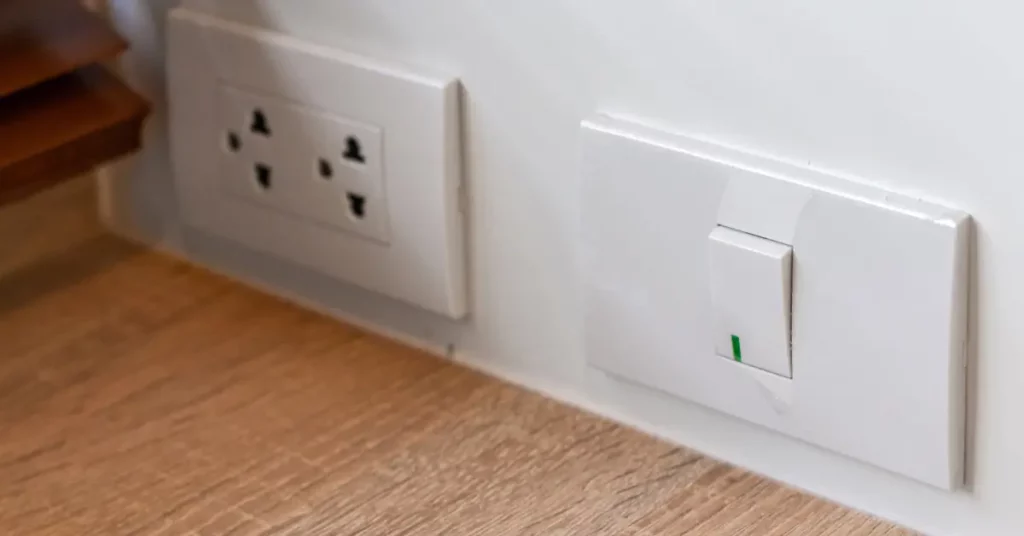
Electrical outlets are not one-size-fits-all. They vary significantly around the world and even within a single country. The design of an outlet is influenced by factors like voltage, current capacity, and safety standards.
For instance, American homes typically use 120V outlets for standard appliances, while industrial settings might use 240V for more power-intensive equipment.
Below is a table of various outlet types, commonly encountered in different settings. This table includes a brief description of each outlet type, its typical use, and key characteristics:
| Outlet Type | Description | Typical Use | Key Characteristics |
| Standard Household Outlet (Type A/B) | The most common outlet in North American homes. | General household appliances, electronics, lamps, etc. | 120V, 15-20 amps, two or three-pronged (with grounding). |
| GFCI Outlet | Ground Fault Circuit Interrupter outlet, designed to prevent electric shocks. | Bathrooms, kitchens, outdoor areas, or any wet locations. | 120V, includes a test and reset button for safety. |
| 220-240V Outlet (Type D/E/F, etc.) | High-voltage outlet for power-intensive appliances. | Ovens, dryers, air conditioners, and some large power tools. | 220-240V, larger and differently shaped than standard outlets, often with three or four prongs. |
| USB Outlet | Outlet with built-in USB ports for charging. | Charging mobile devices like smartphones and tablets. | Combines standard 120V outlet with one or more USB ports. |
| Smart Outlet | Wi-Fi or Bluetooth-enabled outlet for remote control. | Home automation, remote control of appliances and devices. | Can be controlled via a smartphone app, may include energy monitoring features. |
| International Outlets (Type C/G/I, etc.) | Various outlet types used outside of North America. | General use in countries with specific outlet standards. | Varies by country, voltage can range from 100V to 240V, different plug shapes and sizes. |
| Weather-Resistant Outlet | Outdoor outlets designed to withstand elements. | Outdoor areas, such as patios, decks, and gardens. | Similar to standard outlets but with weatherproof covers and moisture resistance. |
| Industrial Outlet | Outlets designed for industrial environments. | Heavy machinery and industrial equipment. | Higher voltage and amperage ratings, robust construction, may include locking mechanisms. |
| Child-Proof Outlet | Outlets designed to prevent accidental contact by children. | Homes, schools, or areas frequented by children. | Tamper-resistant design, requires equal pressure on both sides of the outlet to insert a plug. |
How to Handle Different Outlet Types In A Home
In most homes, standard outlets are designed for small appliances and electronics, typically providing 15-20 amps of current. It’s important to recognize that household appliances have varying power needs.
For example, a microwave, which is a high-powered appliance, can draw significantly more power (600-1200 watts) compared to a low-powered item like a table lamp (40-60 watts).
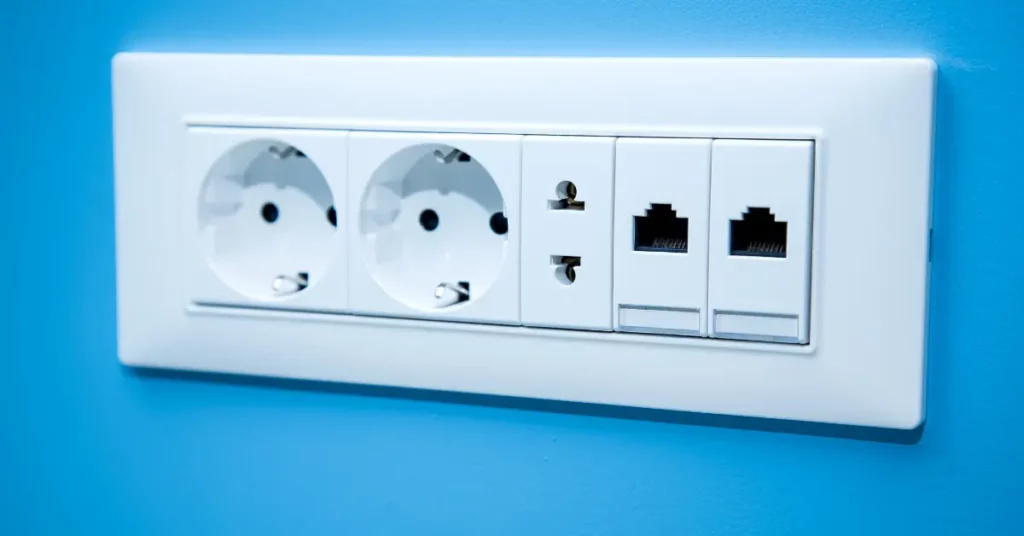
Overloading an outlet by plugging in multiple high-powered appliances can lead to issues like tripped circuit breakers or, in more severe cases, electrical fires. This is especially true in older homes with outdated electrical systems. The risk increases with the use of damaged or worn outlets and cords.
To prevent overloading, it’s advisable to use only one high-powered appliance per outlet and regularly check for any signs of wear in outlets and cords. In homes with older electrical systems, consulting a professional electrician for a safety assessment and potential upgrades is a wise step.
Understanding the capacity of your outlets and the power requirements of your appliances is key to ensuring electrical safety in your home.
Advanced Safety with GFCI Outlets
Ground Fault Circuit Interrupter (GFCI) outlets are a significant advancement in electrical safety. These outlets are designed to protect you from electric shocks by monitoring the flow of electricity.
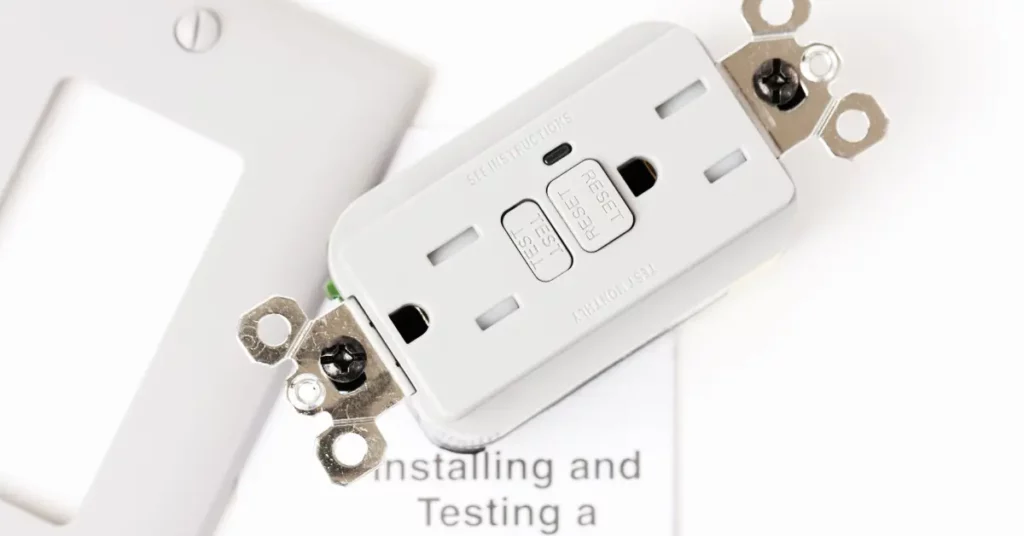
They are particularly important in areas where water is present, such as bathrooms or kitchens. Understanding the mechanics of GFCI outlets can be a lifesaver, literally. For instance, if a hair dryer falls into a sink full of water, a GFCI outlet will cut off the power, preventing a potentially fatal shock.
The World of 220-240V Outlets: Handling With Care
High-powered appliances like air conditioners, ovens, and dryers require more power than a standard outlet can provide. This is where 220-240V outlets come into play. These outlets have different plug designs to prevent accidental use with lower voltage appliances.
It’s crucial to understand the compatibility of your appliances with these outlets, as incorrect usage can lead to damage to both the appliance and the outlet.
Navigating Global Outlets with Travel Adapters
Traveling internationally introduces the challenge of different outlet types, making travel adapters essential for staying connected. These handy tools adapt the plug shape of your devices to fit foreign outlets, ensuring your electronic essentials are always usable, no matter where you are.
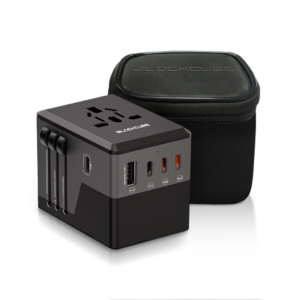
Key Points on Using Travel Adapters
- Identify Outlet Types: Before traveling, research the outlet types of your destination to choose the right adapter. Universal adapters are versatile, covering multiple outlet types, while specific plug type adapters offer a more tailored solution.
- Check Voltage Compatibility: Ensure your devices can handle the voltage of the country you’re visiting. Most modern electronics support a range of 100-240V.
- Opt for Quality: Invest in a high-quality travel adapter to avoid electrical issues like short circuits.
- Use for Low-Powered Devices Only: Travel adapters are best suited for low-powered devices like smartphones and laptops, not high-powered appliances like hairdryers.
When traveling internationally, handling different outlet types is made effortless with iBlockCube’s range of travel adapters. These versatile adapters, such as the iBlockCube Swift Universal Travel Adapter and Mate Searcher Universal Travel Adapter, are designed for universal compatibility, ensuring that your electronic devices remain charged and functional no matter where you are.
Durable, reliable, and easy to use, iBlockCube travel adapters are an essential accessory for any global traveler looking to stay connected across various countries with differing electrical standards.
Understanding the Less Common Types
Specialty electrical outlets, such as those with built-in USB ports and weather-resistant designs, cater to specific modern needs. USB-equipped outlets allow for direct charging of mobile devices like smartphones and tablets, eliminating the need for separate adapters.
They are particularly useful in areas where device charging is frequent, such as bedrooms and offices. On the other hand, weather-resistant outlets are designed for outdoor use or locations exposed to the elements. These outlets feature protective covers to guard against moisture and dust, ensuring safety and functionality in outdoor spaces like patios and garages.
Both types of specialty outlets enhance convenience and safety, reflecting the evolving requirements of contemporary electrical usage.
Conclusion
In summary, understanding different outlet types, from standard to specialty ones like USB-equipped and weather-resistant outlets, is key for safe and efficient use of our electronic devices.
As we increasingly depend on technology in our daily lives, it’s important to be aware of and adapt to the various electrical setups we encounter, whether at home or abroad. Take a moment to evaluate your own needs and consider upgrading your outlets for enhanced safety and convenience.
Stay informed with iBlockCube and proactive in managing your electrical environment for a seamless and secure technological experience.





